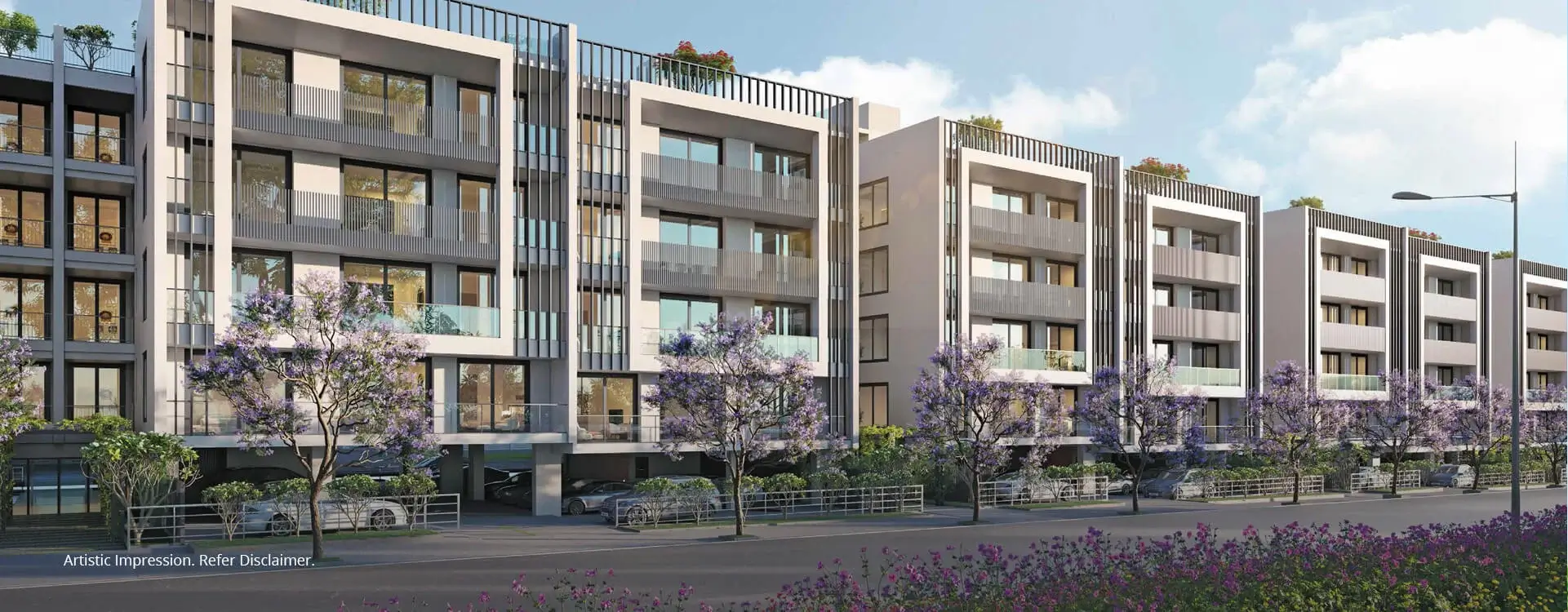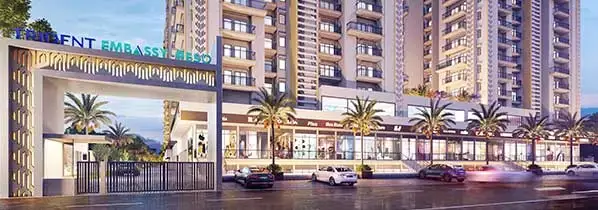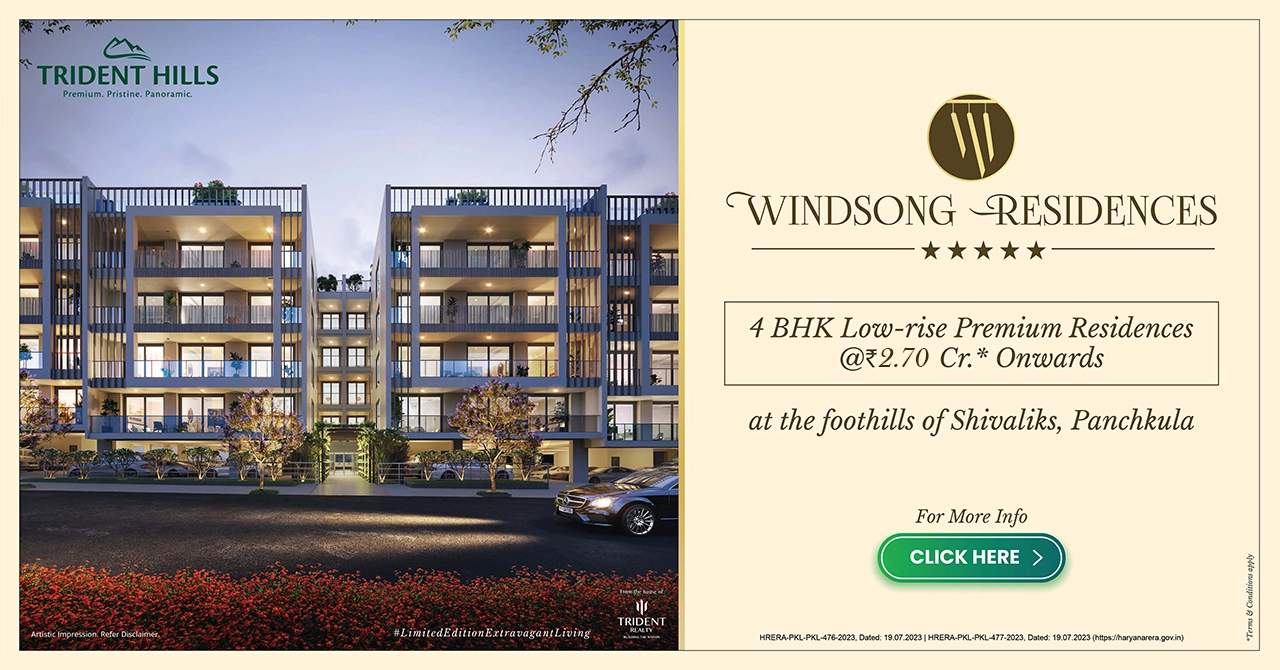
Why Choose Low-Rise? The Benefits You Can't Ignore
In a world increasingly dominated by towering skyscrapers, there's a growing allure to the simplicity and charm of low-rise living. With a renewed emphasis on work-life balance and close knit community, it's time to reconsider the merits of trading sky-high views for the warmth and character of a low-rise abode.
Low-Rise vs. High-Rise
When deciding between low-rise and high-rise living, both options offer unique advantages that cater to different lifestyles.Low-rise buildings are typically quieter, with fewer residents, offering a strong sense of community and more spacious layouts. They often feature private outdoor spaces, like gardens or patios, and provide easy access to nature, making them ideal for those who value tranquility and a close-knit neighborhood atmosphere.
High-rise buildings, on the other hand, are synonymous with urban convenience and breathtaking views. They offer a wide range of amenities such as gyms, pools, and concierge services, often within the same building. High-rise living is perfect for those who enjoy the hustle and bustle of city life, with quick access to public transportation, shopping, and dining.
According to a survey, Cities such as Nagpur, Palghar, Khalapur, Panipat, Ludhiana and Panchkula, have collectively contributed around 75% of the total 1461 acres of land acquired in tier-2 and tier-3 cities.Samantak Das, Chief Economist and Head of Research and REIS, India, JLL, highlighted the increasing trend of strategic land acquisitions by developers in these cities to enter new markets and meet the growing demand for quality projects. He added that plotted developments and low-rise apartments are particularly popular in these areas.
Of the land acquired in tier-II and -III cities, 91.6% (1,339 acres) is designated for residential developments, with a focus on plotted residential developments. Developers are primarily targeting low-rise and plotted developments in these cities, as the locals are accustomed to living in such formats.
Now, Let's explore why this down-to-earth lifestyle might be the perfect fit for you.









